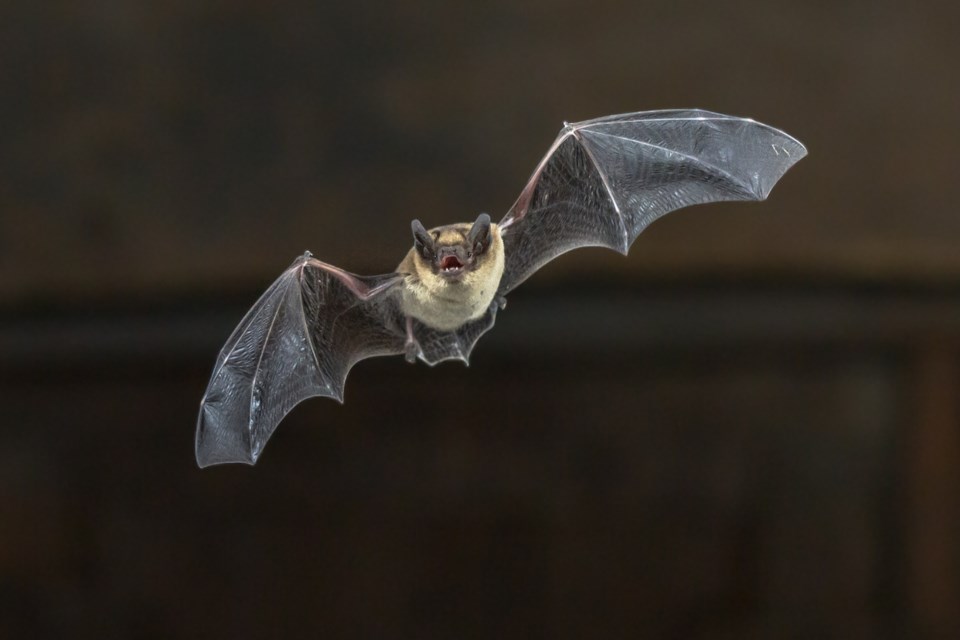While they may look scary, bats aren’t generally known to attack people in British Columbia. In fact, there are only a few species of the nocturnal creatures that feed on animal blood, and none of them are found in Canada.
With that in mind, the bats that do come in contact with people may pose a major health threat: rabies. And, since it is unusual behaviour for them to come in contact with people, the ones that do may carry the virus.
Suspicious behaviour in bats includes weakness, loss of flight ability and daytime appearances. If a bat is hanging off the ground, it should not be considered suspicious.
Vancouver Is Awesome spoke to Dr. Eleni Galanis, Physician Epidemiologist, BC Centre for Disease Control, about which bats are most likely to carry rabies, as well as how much of a threat the rabies virus poses to humans.
“About 0.5 per cent of bats carry rabies in B.C. but on average, 13 per cent of bats sent for rabies testing are positive,” Galanis said.
So, a very small percentage of the winged-animals actually carry the virus, but are some species more dangerous than others?
“The proportion of bats positive for rabies does vary by bat species but it’s difficult to differentiate between bat species so it’s best to avoid contact with any bat,” she cautions.
Galanis adds that while rabies is relatively rare, anyone who comes into contact with a bat should visit a health care provider.
“Once you show symptoms of rabies, is it too late to be vaccinated.”
On July 15, news broke that a man on Vancouver Island had died after coming into contact with a bat. He was already showing symptoms compatible with rabies when he arrived at St. Paul’s hospital in Vancouver. As a result, it was too late for doctors to reverse the progression of the virus.
“Other animals can get rabies from bat bites. That is why it is important to vaccinate your pets. However, there are different rabies viruses and they tend to mainly be transmitted within the same species, ie: bat rabies viruses mainly infect bats and racoon rabies viruses mainly infect racoons.”
Currently, bats are the only animals in the province that carry the rabies virus. In other parts of Canada, rabies is found in wild animals such as bats, raccoons, skunks, red foxes and arctic foxes.
Symptoms of the disease in people include headache, fever, increasing difficulty swallowing, excessive drooling, muscle spasm or weakness and strange behaviour.
All mammals are able to transmit and become infected with rabies. Two forms of rabies seen in animals are ‘furious’ and ‘dumb.’ The furious form causes animals to show aggression, while the dumb form results in animals being sick and lethargic.



